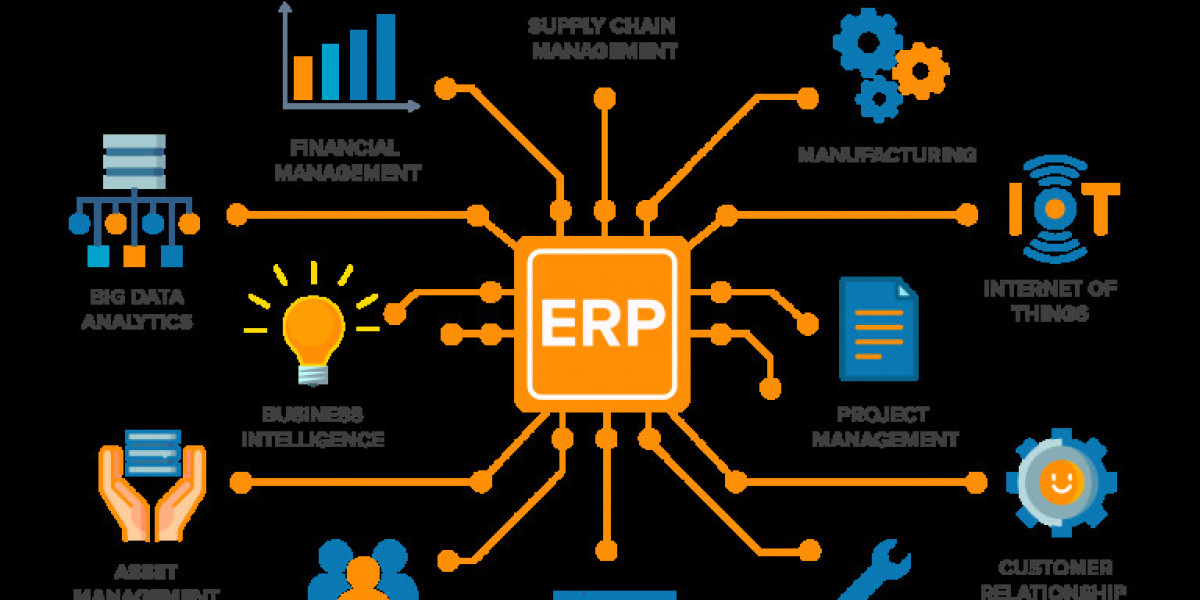The massive global market for enterprise software is on a trajectory of strong and sustained growth, but this expansion is not a uniform tide; a strategic analysis of the Enterprise Software Market Growth Share by Company reveals a clear and decisive trend. The vast majority of the market's growth is being captured by cloud-based, Software-as-a-Service (SaaS) solutions, while the revenue from traditional, on-premise software licenses is either stagnant or in decline. The companies that are most successfully winning this growth share are the cloud-native leaders who were born in the SaaS era, and the major incumbent giants who are successfully executing the monumental task of migrating their vast customer bases to the cloud. The Enterprise Software Market size is projected to grow USD 1153.28 Billion by 2035, exhibiting a CAGR of 10.02% during the forecast period 2025-2035. Understanding how this substantial growth is being allocated is key, as it highlights the absolute dominance of the cloud as the new architectural paradigm for enterprise IT and the immense value that is being unlocked by vendors who can offer the agility, scalability, and recurring-revenue models of SaaS.
A disproportionately large share of the market's growth is being captured by the major hyperscale cloud providers and the major cloud-native SaaS platforms. The hyperscalers—Microsoft, AWS, and Google Cloud—are capturing a huge share of growth not just by providing the underlying infrastructure (IaaS), but by offering a growing portfolio of their own platform services (PaaS) and business applications (SaaS). Microsoft, in particular, is a growth powerhouse, with its Dynamics 365 business applications and its Power Platform experiencing rapid adoption, all driven by and integrated with its massive Azure cloud business. The cloud-native SaaS leaders, like Salesforce, ServiceNow, and Workday, are another major engine of growth. These companies are not burdened by a legacy on-premise business and are capturing a massive share of new spending in their respective categories (CRM, ITSM, HCM) by offering a superior, modern, cloud-first solution. Their growth is a direct reflection of enterprises choosing to adopt best-of-breed SaaS applications to modernize specific business functions.
While the cloud-native players capture greenfield growth, an equally massive, if not larger, share of the market's value growth is being captured by the incumbent enterprise software giants, SAP and Oracle. Their growth story is one of a massive, industry-wide migration. These companies have tens of thousands of large enterprise customers who are still running their mission-critical ERP systems on older, on-premise versions. The primary growth strategy for SAP and Oracle is to migrate this massive installed base to their new, cloud-based platforms (S/4HANA Cloud and Fusion Cloud ERP, respectively). Each successful migration represents a major new long-term, recurring-revenue contract, effectively allowing them to "re-sell" to their entire customer base. While their traditional license revenue may be declining, their cloud revenue is growing at a rapid pace, more than offsetting the decline and driving significant overall growth. This migration cycle is a multi-year, multi-hundred-billion-dollar opportunity that ensures these incumbents will remain the dominant financial forces in the market for the foreseeable future, even as they face intense competition from the cloud-native challengers.
Top Trending Reports -
GCC Relational Database Market








